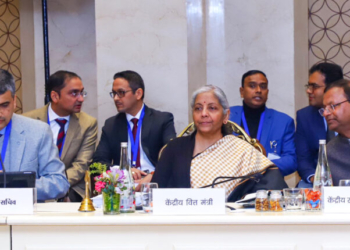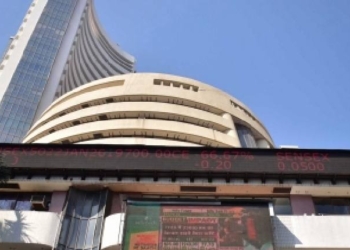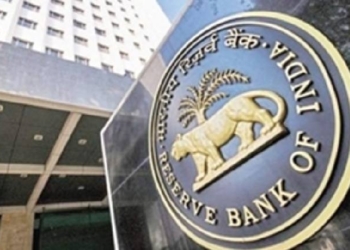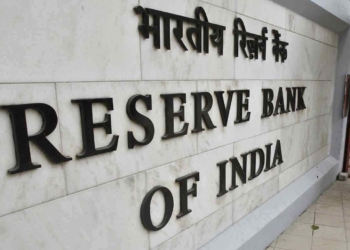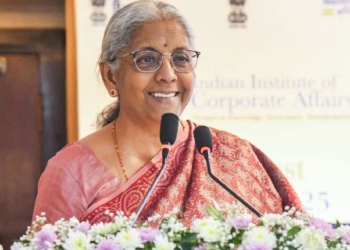New Delhi: Indian Railways, which can very well be called India’s lifeline, has witnessed impressive growth in the capital expenditure (Capex) on its infrastructure.
As per the Economic Survey 2022-23, capital expenditure (Capex) on infrastructure in railways has received a tremendous boost since 2014. It has seen a continuous increase in the last four years with Capex (B.E.) of Rs 2.5 lakh crore in FY23, up by around 29 per cent compared to the previous year.
During the current financial year (till December 12, 2022), Indian Railways (IR) has already completed 2022 Track Kilometres (TKM) which includes 109 TKM of New Line, 102 TKM of Gauge Conversion and 1811 TKM of multi-tracking projects.
To understand the pace of progress, it may be noted that during last financial year this figure was reached only during the first week of March. From FY2014-22, across IR, 20,628 km sections (3,970 km New Line, 5,507 km Gauge Conversion and 11,151 km doubling) have been commissioned at an average of 2,579 km/year, which is 70 per cent more than the average commissioning during 2009-14 (1,520 km/year).
Further, during the last eight years (2014-22), 30,446 Route Kilometres (RKM) have been electrified compared to an electrification of 4,698 RKM during the previous eight-year period, a more than six-fold increase, said the Survey.
The fast pace of infrastructure augmentation by IR has been a result of substantial increase in allocation of funds and various steps being taken by the government. This includes delegation of powers at the field level which has helped in commissioning of doubling projects, close monitoring of the progress of projects at various levels, regular follow-up with the state governments and relevant authorities for expeditious land acquisition, forestry and wildlife clearances and resolving other issues pertaining to the projects.
The Indian Railways (IR), with over 68,031 route kms, is the fourth largest network in the world under single management.
Passenger traffic originating in IR was 809 crore during pre-Covid period (2019-20), but dipped to 125 crore in 2020-21. It has since recovered to 351.9 crore in 2021-22. During the current financial year, the passenger traffic has seen further strong growth with the number of originating passengers already hitting 418.4 crore (up to November 2022).
Enhanced mobility across the country and demand for faster and competitive trains will assist the growth in the passenger traffic in the coming years.




